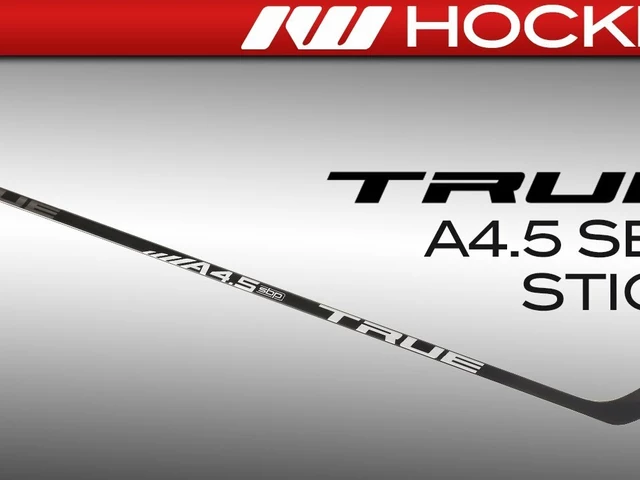Injury Incidents in Hockey: What Happens on the Ice?
Hockey is fast, physical, and full of excitement, but it also brings a lot of injury incidents. Whether you’re a player, a coach, or just watching from the stands, knowing the usual injuries and how they happen can make the game safer for everyone.
Most injuries in hockey happen because of high‑speed collisions, awkward falls, or equipment that doesn’t fit right. A missed check, a fast‑moving puck, or a loose skate blade can turn a routine play into a painful setback. The good news? Many of these injuries can be prevented with proper prep, good gear, and smart habits.
Common Types of Injuries
There are three injuries you’ll hear about the most. First, **concussions**. A hard hit to the head or a puck strike can cause a concussion, and symptoms often appear later, like headaches or dizziness. Second, **shoulder and arm injuries**. Players get bruised, dislocated, or broken when they crash into boards or take a hard slap shot. Finally, **lower‑body injuries** – especially knee sprains and ankle twists – happen when players change direction quickly or get tripped.
Other frequent complaints are cuts from skate blades, groin strains from sudden sprints, and rib bruises when a player takes a body check. Every injury has a story, but the pattern is usually the same: speed, contact, and sometimes a lack of proper protection.
How to Reduce the Risk
First thing: wear gear that fits snugly. A helmet that moves around, loose shoulder pads, or worn‑out shin guards won’t absorb impact well. Make sure every piece is certified for hockey use and replace it as soon as it shows signs of wear.
Second, warm‑up properly. A quick jog, dynamic stretches, and a few light drills increase blood flow and make muscles more flexible, which lowers the chance of strains and sprains.
Third, practice good technique. Coaches should teach safe checking, proper falling, and how to protect the head with a “keep your eyes up” mindset. Players who learn how to absorb a hit with their shoulders rather than their heads stay out of the concussion zone.
Finally, take injuries seriously. If you feel any wobble, pain, or dizziness, get checked right away. Skipping treatment can turn a mild issue into a long‑term problem and keep you off the ice longer.
Staying aware of the most common injury incidents, using the right gear, and following simple safety habits can keep the game exciting without sacrificing health. So next time you lace up or grab a ticket, remember these tips and enjoy hockey the smart way.

What have been some of the most horrific injuries in Ice Hockey?
In my years following Ice Hockey, I've seen some truly horrific injuries that left me stunned. One of the most gruesome was Clint Malarchuk's neck injury in 1989, where a skate blade sliced his jugular vein, leading to a life-threatening situation. The heartbreaking career-ending eye injury of Bryan Berard in 2000 was another devastating blow. Richard Zednik's 2008 neck injury was equally shocking, when he accidentally got cut by his teammate's skate. It's a brutal reminder of the risk these athletes take every time they step on the ice.
View More



